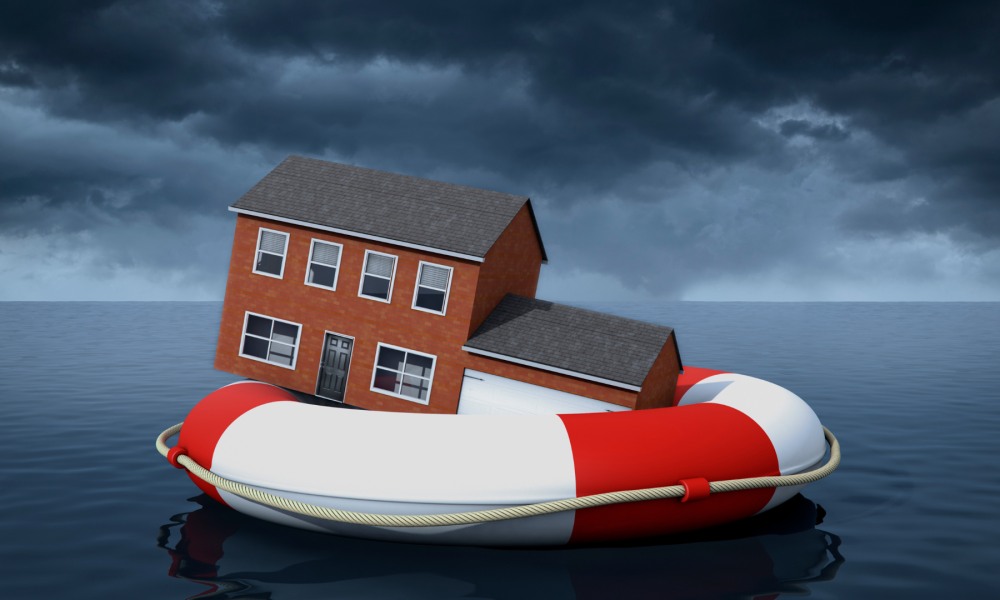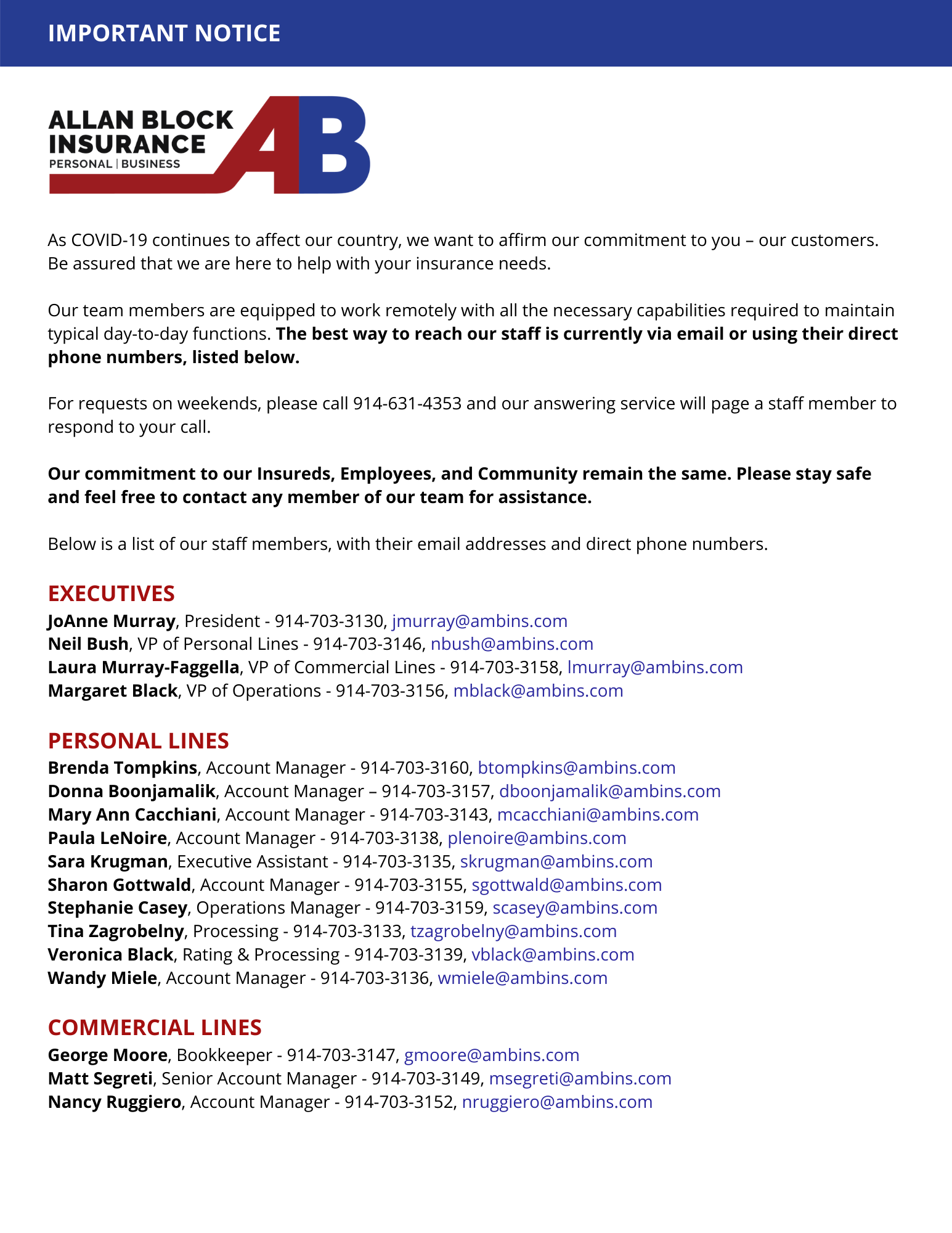As weather systems and storms grow more frequent, more severe — and wetter — more areas that were once considered safe from flooding are now exposed.
That puts many homeowners in a quandary. They may live in an area that’s considered low risk by the Federal Emergency Management Agency and their mortgage lender didn’t require flood insurance as a condition of their home loan. But if their home were to be flooded, their homeowner’s insurance won’t pay for the damage.
As more areas outside of FEMA-designated flood zones experience flooding, homeowners need to consider their risk and whether they should consider purchasing flood insurance. After all, the standard homeowner’s insurance policy will not cover damage from floods.
You can check your property’s flood risk here.
Insurance
The majority of homeowners purchase their flood insurance from the National Flood Insurance Program, which is run by FEMA. There are private insurers in the market, but not many and typically the best rates can usually be found with the NFIP.
Pricing for NFIP policies has changed in the last two years, after FEMA updated its pricing to more accurately reflect the flood risk of a given home, in a process it has called Risk Rating 2.0.
While its old rating system placed more emphasis on factors like a home’s elevation and whether it was mapped as in a flood zone, Risk Rating 2.0 consider other factors such as distance to water, flood frequency, flood types, and property characteristics like the cost to rebuild and elevation.
As a result of these changes, 76% of homeowners saw their flood insurance rates increase. Those living in coastal areas at risk of storm surges have seen the highest rate increases.
Two types of NFIP coverage
The NFIP’s Dwelling Form offers two types of coverage, both of which FEMA encourages homeowners in flood zones to purchase:
- Building property, up to $250,000, and
- Personal property (contents), up to $100,000.
Policies pays for direct physical damage to your insured property up to the replacement cost or actual cash value of the actual damages or the policy limit of liability, whichever is less.
Building property coverage
This portion covers:
- The insured building and its foundation.
- The electrical and plumbing systems.
- Central air conditioning equipment, furnaces and water heaters.
- Refrigerators, cooking stoves and built-in appliances such as dishwashers.
- Permanently installed carpeting over an unfinished floor.
- Permanently installed paneling, wallboard, bookcases and cabinets.
- Window blinds.
- Detached garages (up to 10% of building property coverage). Detached buildings (other than garages) require a separate building property policy.
- Debris removal.
Personal property coverage
This portion covers:
- Personal belongings such as clothing, furniture and electronic equipment.
- Curtains.
- Portable and window air conditioners.
- Countertop kitchen appliances.
- Carpets not included in building coverage (see above).
- Clothes washers and dryers.
- Refrigerators and freezers, and the food in them.
- Certain valuable items, such as original artwork and furs (up to $2,500).
The takeaway
Flood insurance isn’t mandated, but many homeowners still need to purchase coverage as a requirement of their mortgage lenders if they live in a high-risk area. Flood insurance is also a good consideration if you live within a floodplain, even if your area isn’t designated as high-risk. Also, if you are near a coastal area susceptible to storm surges, or near creeks or rivers that overflow in heavy rains, you may want to consider flood coverage.



